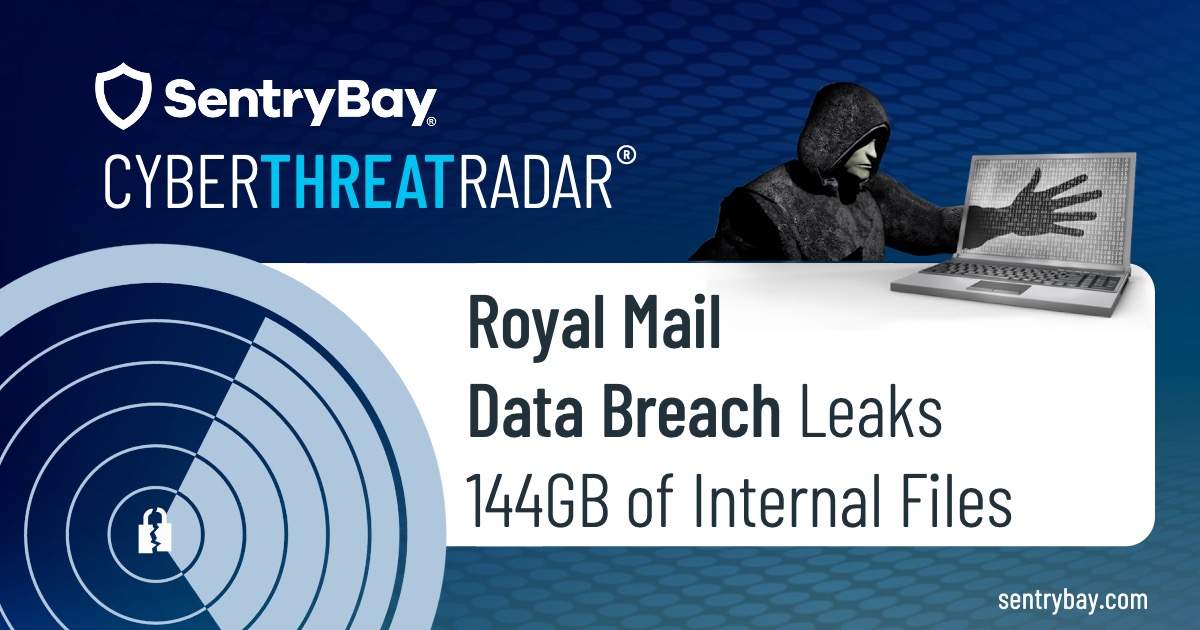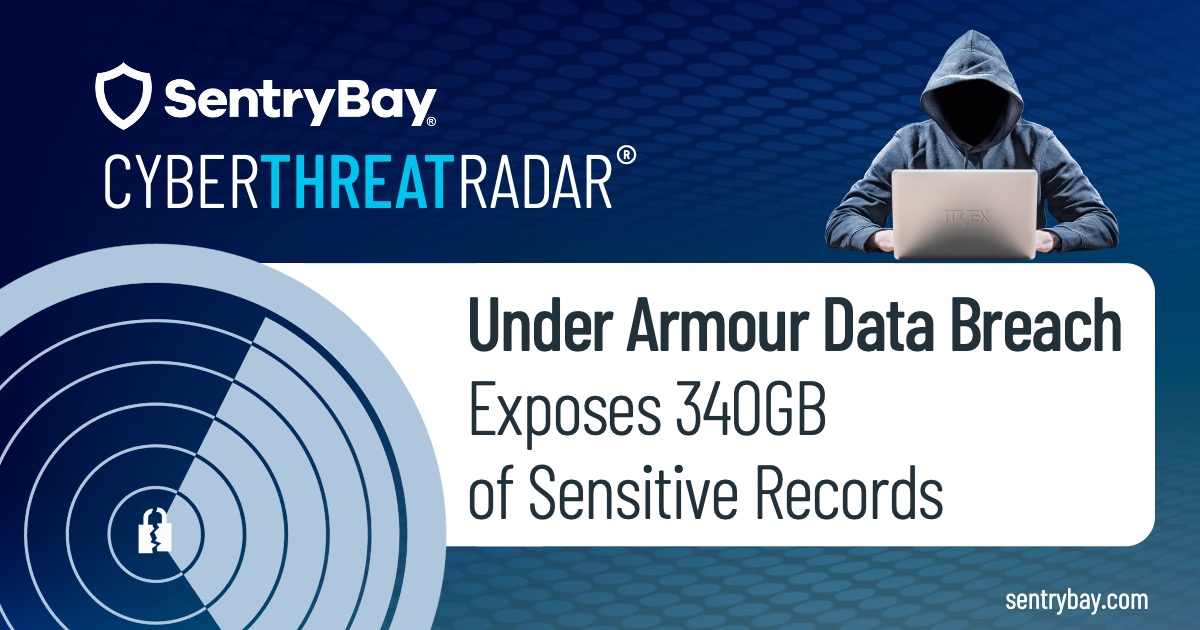
Cyber Threat Radar – The recent Royal Mail data breach is a stark reminder that even legacy institutions are not immune to modern cybersecurity threats—especially when third-party vendors are involved.
The breach, which reportedly exposed 144GB of internal data, including customer PII and internal communications, underscores the fragility of supply chain security and the growing sophistication of cybercriminal operations.
With more than 16,000 files leaked, the attack marks one of the most significant recent breaches impacting UK critical infrastructure, and raises serious concerns about data governance, vendor risk, and endpoint protection across national institutions.
Inside the Royal Mail Data Breach: What Was Leaked?
On 31 March 2025, a hacker known as “GHNA” published a post on the cybercrime forum Breach Forum, announcing the release of 144GB of Royal Mail Group data. The archive reportedly contains:
- 293 folders and 16,000+ files
- Customer PII: names, addresses, shipping details
- Internal communications, including Zoom call recordings
- SQL databases
- Mailchimp marketing data
- Meeting footage involving Royal Mail and Spectos, a global data analytics and operations firm
In the post, GHNA credited Spectos as the source of the leak, stating:
“Today, I have uploaded 144GB of data from Royal Mail Group for you to download (courtesy of Spectos, again).”
This revelation suggests Spectos may have been the initial point of compromise, reinforcing the urgent reality that third-party vendors are often the weakest link in a cybersecurity chain.
A Pattern of Targeted Exploits and Monetization
GHNA is no small-time actor. The hacker has been previously associated with leaks affecting Samsung Germany and Liberty Latin America, among others. Many of their past breaches have been verified and monetized through dark web marketplaces. This points to a broader trend where cybercriminals increasingly weaponize access as a service, selling infiltrated data or access credentials to the highest bidder.
This breach of Royal Mail is notably not a ransomware attack, but rather a massive data exfiltration event, suggesting that financial gain through sale or exploitation of data remains a core motivation.
Royal Mail’s Response and Ongoing Investigation
In response to the disclosure, Royal Mail issued the following statement to The Register:
“We are aware of an incident which is alleged to have affected Spectos, a supplier of Royal Mail.”
While Spectos has yet to make a public comment, investigations are reportedly ongoing, with both companies working to determine the full scope and impact of the breach. However, the scale of the data exposed—from customer details to internal operational recordings—poses a serious reputational and operational risk.
The breach comes in the shadow of the Royal Mail ransomware attack in 2023, which severely disrupted international shipments for weeks. Although this incident does not appear to involve encryption or ransom demands, it further erodes confidence in Royal Mail’s cybersecurity maturity and third-party oversight.
A Larger Lesson: National Infrastructure and Supply Chain Exposure
The Royal Mail data breach underscores a reality that’s increasingly difficult to ignore – national infrastructure organizations remain prime targets for cyberattacks, and supply chain risk is now a primary vector of compromise.
The integration of external vendors, contractors, cloud services, and software partners increases the attack surface exponentially. And yet, many critical infrastructure organizations have not adapted their security models to account for this expanded risk.
This incident reinforces several key lessons:
- Visibility into third-party access is essential
- Vendor contracts must include stringent cybersecurity clauses
- Cybersecurity is no longer an IT issue—it’s a board-level priority
- Proactive protection is more effective than reactive remediation
The leaked PII and internal files are a treasure trove for future phishing campaigns, credential stuffing attacks, and business email compromise. In this sense, the breach is not just an event—it’s the beginning of a threat lifecycle that may continue to affect Royal Mail and its customers for years to come.
Why Royal Mail—and All Critical Infrastructure Organizations—Need Endpoint Threat Prevention
“While supply chain risk is a complex issue, one critical layer of defense remains underutilized across the sector, namely Endpoint Threat Prevention,” commented Tim Royston-Webb, CEO, SentryBay. “In breaches like this one, infostealer malware such as keyloggers and screen capture tools are frequently used to harvest login credentials, observe system use, and extract sensitive data. These tools evade traditional antivirus and EDR solutions by operating at the system level, often mimicking legitimate processes to hide their presence.”
SentryBay’s Armored Client: Proactive Endpoint Defense That Stops Infostealers
SentryBay’s Armored Client provides real-time protection at the OS level, nullifying keylogging and screen capture threats—the very techniques used in many modern data breaches.
Key features include:
- Anti-keylogging: Stops credential theft before it begins
- Anti-screen capture: Prevents attackers from spying on sensitive sessions
- Selective screen sharing controls: Enables legitimate productivity without compromising security
Available across:
- IGEL OS-powered devices
- Microsoft AVD & Windows 365 environments
With Armored Client, organizations like Royal Mail can enforce endpoint protection regardless of device ownership, ensuring BYOD, third-party contractor, and remote worker devices are fully shielded against attack vectors that traditional solutions fail to stop.
Conclusion: The Cost of Inaction Is Measured in Breaches
The Royal Mail data breach—a staggering 144GB leak facilitated through third-party compromise—should be a catalyst for national infrastructure organizations to prioritize endpoint protection as a core layer of cyber defense.
Cybercriminals no longer need to break down the front door. They simply walk in through the back—via vulnerable vendors and unsecured endpoints.



